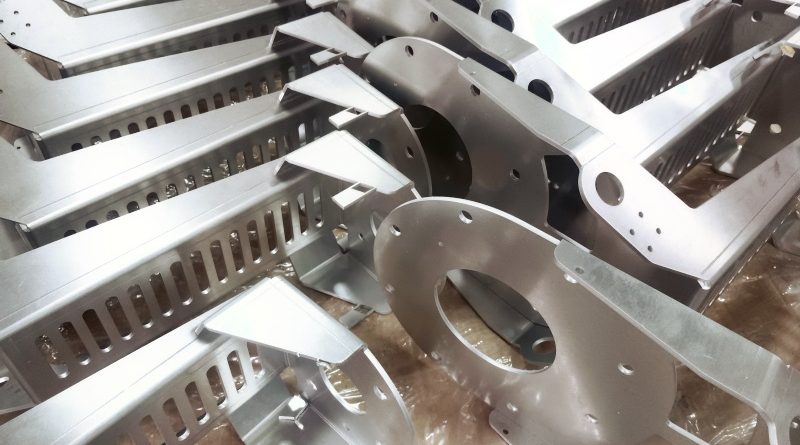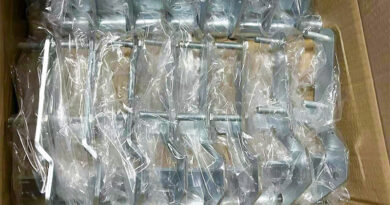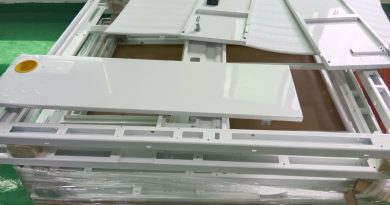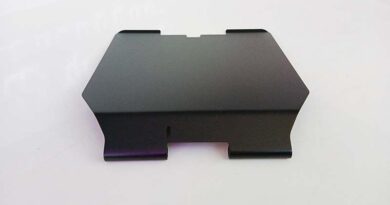Common Sheet Metal Welding Defects
During sheet metal fabrication, several common welding defects can occur. These defects can affect the structural integrity and appearance of the welded joint. Here are some of the most common welding defects:
- Porosity: The presence of gas pockets or voids in the weld metal. Causes include contamination from oil, rust, moisture, or other impurities in the base metal or filler material.
- Cracks: These can be hot cracks (occurring at high temperatures) or cold cracks (occurring after the weld has cooled). Causes include high levels of restraint, incorrect welding procedures, or unsuitable materials.
- Incomplete Penetration: When the weld metal does not extend through the joint thickness. Causes include insufficient heat input, incorrect joint design, or improper welding technique.
- Lack of Fusion: When the weld metal fails to fuse properly with the base metal or the previous weld bead. Causes include low heat input, improper electrode angle, or contamination.
- Undercut: A groove melted into the base metal adjacent to the weld toe or root and left unfilled by weld metal. Causes include excessive heat, high welding speed, or incorrect welding angle.
- Spatter: Small particles of molten metal that are ejected from the weld pool and adhere to the base metal. Causes include high welding current, improper voltage, or incorrect electrode type.
- Overlap: When the weld metal flows over the base metal surface without fusing to it. Causes include incorrect welding technique, low welding speed, or high heat input.
- Distortion: Warping or deformation of the sheet metal due to uneven heating and cooling during welding. Causes include excessive heat input, improper welding sequence, or lack of clamping or fixturing.
- Slag Inclusions: Non-metallic solid material entrapped in the weld metal. Causes include improper cleaning between weld passes, incorrect welding technique, or unsuitable electrode type.
- Burn-through: When the weld metal melts through the base metal, creating a hole. Causes include excessive heat input, thin base metal, or improper welding technique.
Preventing these defects involves proper welding techniques, suitable material selection, appropriate joint design, and maintaining clean working conditions. Additionally, using the correct welding parameters and equipment settings is crucial for producing high-quality welds.
china sheet metal fabrication manufacturers
sheet metal fabrication company china
china sheet metal fabrication companies
china sheet metal forming manufacturers
china sheet metal fabrication parts factory
china sheet metal fabrication parts manufacturer
china sheet metal fabrication factory
sheet metal parts manufacturing china
china metal enclosure manufacturers
china sheet metal fabrication supplier
china sheet metal fabrication services
china precision sheet metal fabricators
china custom sheet metal parts
china aluminum sheet metal fabrication manufacturers
china sheet metal parts company
china precision sheet metal manufacturer
china sheet metal enclosure fabrication
china sheet metal parts manufacturers
china metal stamping parts manufacturer




